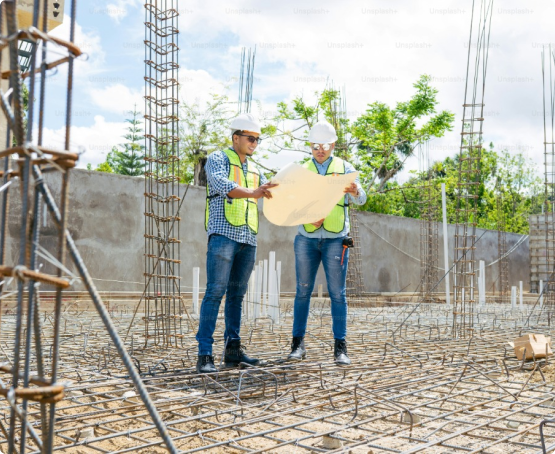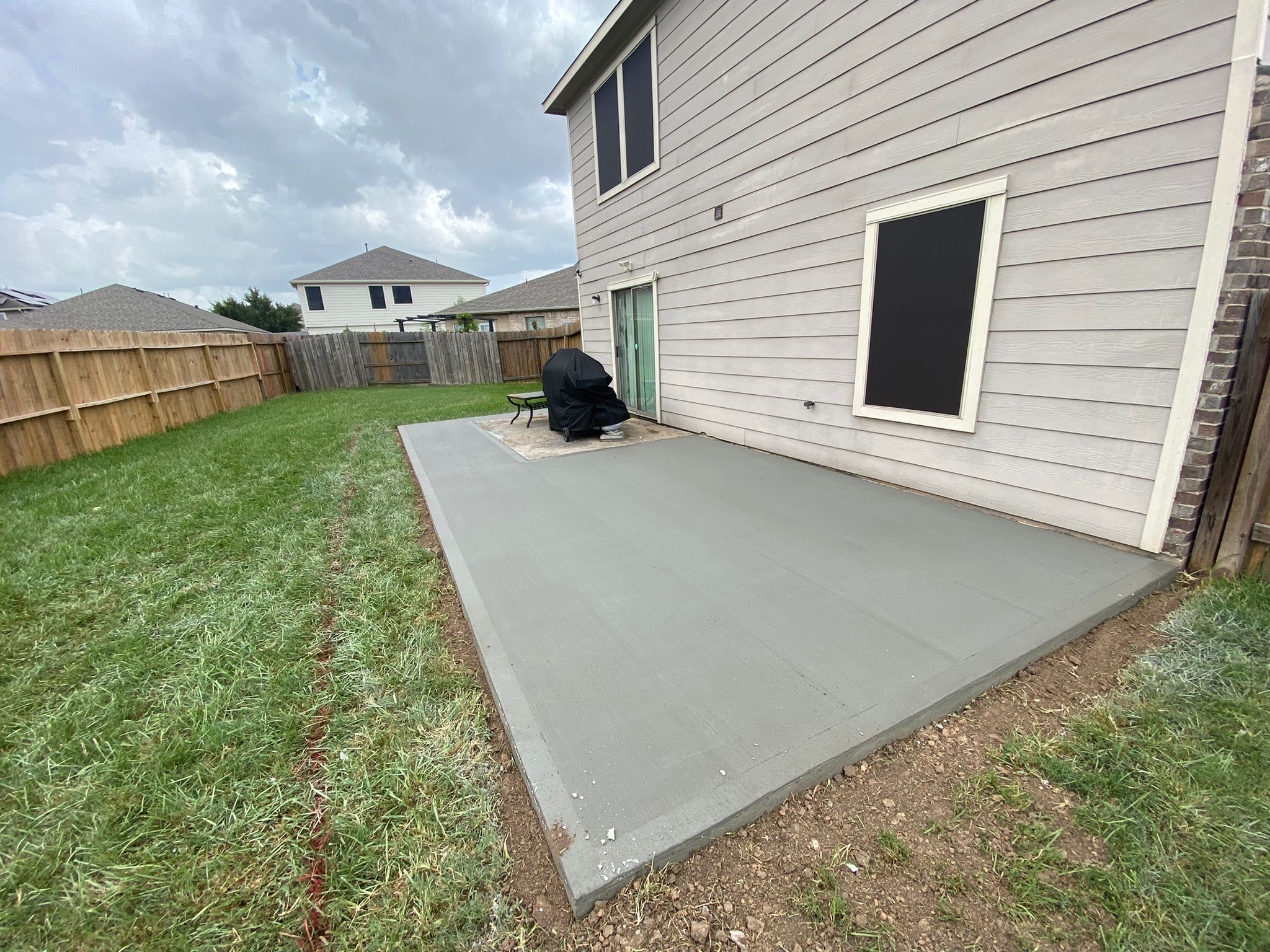Zam Zam Construction

ZAMZAM
June 18, 2024


The engineering and construction industry is undergoing rapid transformation, driven by technological advancements, economic factors, and evolving regulatory landscapes. As cities expand, populations grow, and the demand for sustainable infrastructure increases, companies must adapt to new trends and challenges. The integration of digital solutions, sustainability measures, and emerging construction methods is reshaping the landscape. This article delves into the latest developments, challenges, and opportunities that will define the industry in 2025 and beyond.
The engineering and construction sector is a critical component of global economic development, contributing significantly to GDP and employment. However, the industry is grappling with labor shortages, supply chain disruptions, and fluctuating material costs, which have created an uncertain business environment. Digitalization is helping companies mitigate these challenges by optimizing workflows, improving safety measures, and streamlining project management.
The growing emphasis on sustainability has also shifted the industry's priorities. Construction companies are focusing on reducing carbon footprints, enhancing energy efficiency, and adopting eco-friendly building materials. The demand for resilient infrastructure that can withstand climate-related challenges is another factor shaping the sector's future.
The rapid adoption of technology is transforming the engineering and construction landscape. AI-driven project management software, robotics, and automation are improving efficiency, reducing waste, and minimizing human error. Companies are using drones for site inspections, enabling faster and safer data collection. Digital twin technology is also gaining popularity, allowing real-time monitoring and predictive maintenance of construction projects. These innovations are helping firms stay competitive in an increasingly digital-driven market.
With environmental concerns at the forefront, sustainable construction is no longer optional but a necessity. Builders are implementing energy-efficient designs, utilizing recycled materials, and incorporating renewable energy solutions. Carbon-neutral buildings, green roofing, and smart insulation systems are among the latest innovations aimed at minimizing the environmental impact of construction activities. Governments and regulatory bodies are also pushing for stricter sustainability standards, encouraging companies to integrate green practices into their projects.
The shift toward modular and prefabricated construction is gaining momentum as companies seek to reduce costs and enhance efficiency. Offsite manufacturing allows components to be built in controlled environments before being transported to the construction site, significantly reducing waste and construction time. This method is particularly beneficial for large-scale projects, including hospitals, schools, and residential developments. Prefabricated buildings also offer enhanced quality control, as they are manufactured under stringent conditions.
The development of smart cities is driving investment in intelligent infrastructure. Governments worldwide are integrating IoT (Internet of Things), AI, and big data analytics to create more efficient urban spaces. Smart traffic management, automated waste disposal, and energy-efficient buildings are some examples of how cities are evolving. With urbanization on the rise, engineering firms that specialize in smart infrastructure solutions will have significant growth opportunities.
Building Information Modeling (BIM) is revolutionizing the industry by enhancing collaboration and visualization of construction projects. BIM allows stakeholders to create detailed 3D models of buildings, helping engineers, architects, and contractors work together seamlessly. The technology improves cost estimation, minimizes errors, and enhances project planning. As digital transformation accelerates, BIM adoption will become a standard practice across the industry.
Global supply chain disruptions have severely impacted the construction sector. The COVID-19 pandemic, geopolitical tensions, and transportation challenges have led to delays in material deliveries, increased costs, and project setbacks. Companies are now focusing on local sourcing, strategic partnerships, and improved logistics to mitigate these issues. Investing in digital supply chain management tools is another strategy to enhance resilience.
One of the biggest challenges facing the industry is the shortage of skilled labor. An aging workforce, lack of training programs, and declining interest in construction-related careers have contributed to this issue. Companies are addressing the labor gap by offering apprenticeship programs, upskilling initiatives, and leveraging automation to compensate for workforce shortages.
Fluctuations in material costs, driven by inflation and supply chain constraints, are affecting project budgets. The prices of essential construction materials such as steel, cement, and lumber have increased significantly in recent years. To manage costs, firms are exploring alternative materials, negotiating long-term supplier contracts, and utilizing advanced procurement strategies.
Regulatory changes are reshaping the engineering and construction industry. Stricter environmental policies, safety regulations, and building codes require companies to adapt quickly. Governments worldwide are incentivizing sustainable construction through tax breaks and subsidies, encouraging the adoption of eco-friendly building practices. Compliance with these regulations is essential for firms to remain competitive and avoid penalties.
The push for renewable energy is creating significant opportunities for engineering and construction firms. Solar farms, wind energy projects, and hydroelectric power plants are on the rise as nations strive to achieve carbon neutrality. The demand for skilled engineers and construction experts in the renewable sector is expected to grow exponentially in the coming years.
Aging infrastructure in many countries presents a vast opportunity for the industry. Governments are allocating substantial budgets to upgrade roads, bridges, railways, and public buildings. Engineering firms that specialize in infrastructure rehabilitation and modernization will benefit from these investments.
Public-Private Partnerships (PPPs) are emerging as a preferred model for funding large-scale construction projects. These collaborations allow private entities to invest in public infrastructure, leading to faster project completion and reduced financial burden on governments. Engineering firms that engage in PPPs can secure long-term contracts and expand their portfolios.
Sustainability certifications such as LEED (Leadership in Energy and Environmental Design) are becoming a benchmark for construction companies. Buildings with green certifications attract investors, increase property value, and contribute to environmental conservation. Engineering firms that integrate sustainable designs into their projects will have a competitive advantage in the evolving market.
Construction remains one of the most hazardous industries, with risks such as falls, equipment malfunctions, and exposure to harmful substances. Companies must implement strict safety protocols, invest in protective gear, and leverage technology such as AI-driven monitoring systems to enhance workplace safety. Regulatory compliance is essential to avoid legal liabilities and ensure worker protection.
While digital transformation offers numerous benefits, many firms struggle with technology adoption due to high costs and a lack of skilled personnel. Resistance to change, integration challenges, and cybersecurity concerns also pose obstacles. Companies must develop digital strategies, invest in training, and partner with technology providers to overcome these barriers.
Unforeseen circumstances, poor project planning, and economic fluctuations contribute to delays and budget overruns. Effective project management, real-time monitoring, and predictive analytics can help mitigate these risks. Engineering firms must adopt agile methodologies and improve communication among stakeholders to ensure project success.
The engineering and construction industry is poised for transformation, driven by innovation, sustainability, and government infrastructure investments. Companies that embrace digitalization, adopt green practices, and develop workforce training programs will thrive in the evolving market. As smart cities, renewable energy projects, and AI-driven technologies reshape the industry, firms must stay agile and proactive in their strategies.



The engineering and construction industry faces a dynamic landscape filled with opportunities and challenges. Companies that leverage technology, embrace sustainability, and prioritize workforce development will remain competitive in this rapidly changing environment. The future belongs to those who innovate, adapt, and build with a vision for progress.
Embark on your construction journey with ZAMZAM Construction Services. Contact us today to discuss your project and experience the excellence of our services in Ohio and Wisconsin. Your dream space awaits!
